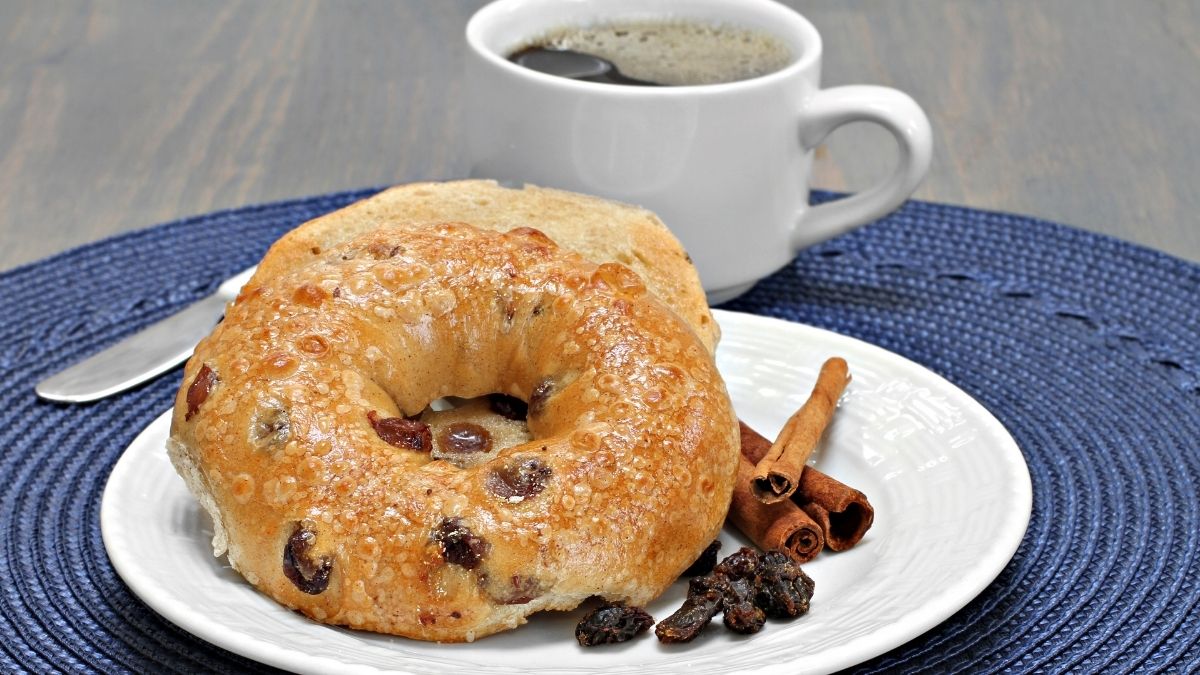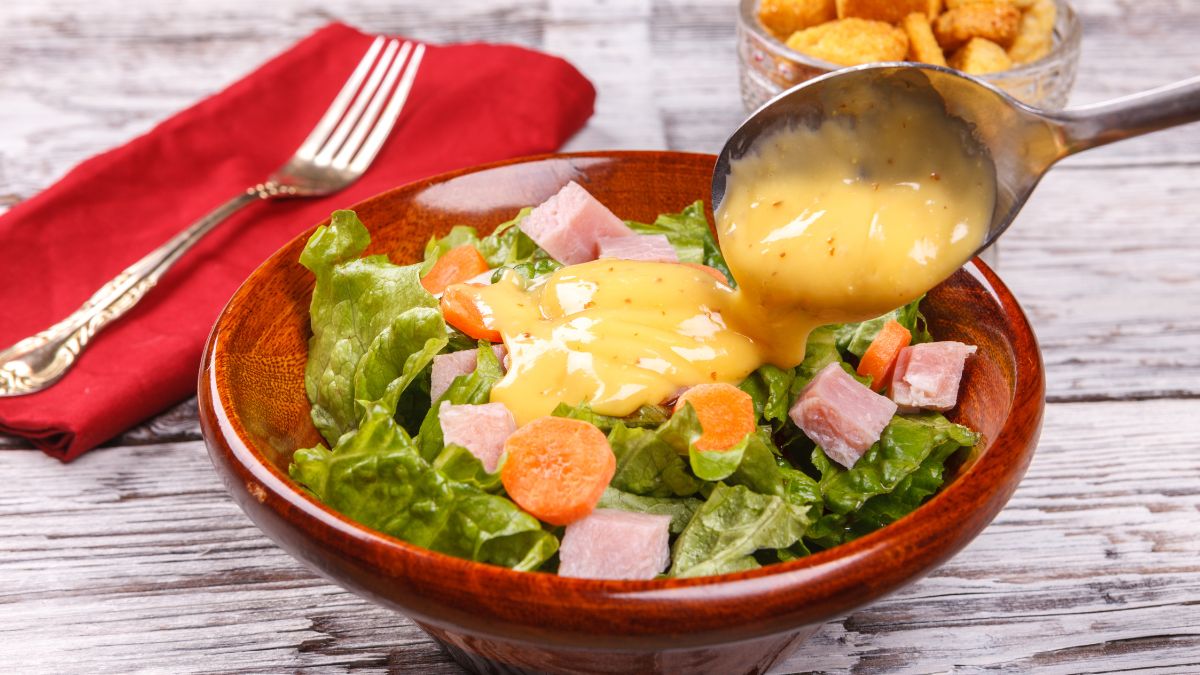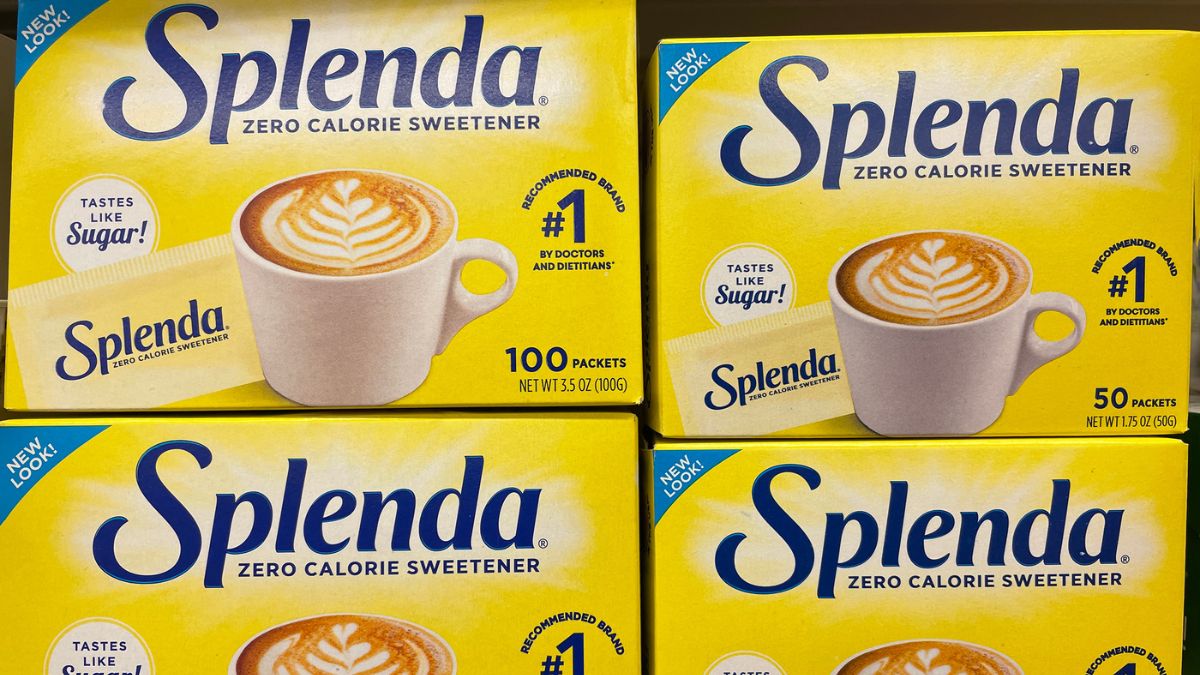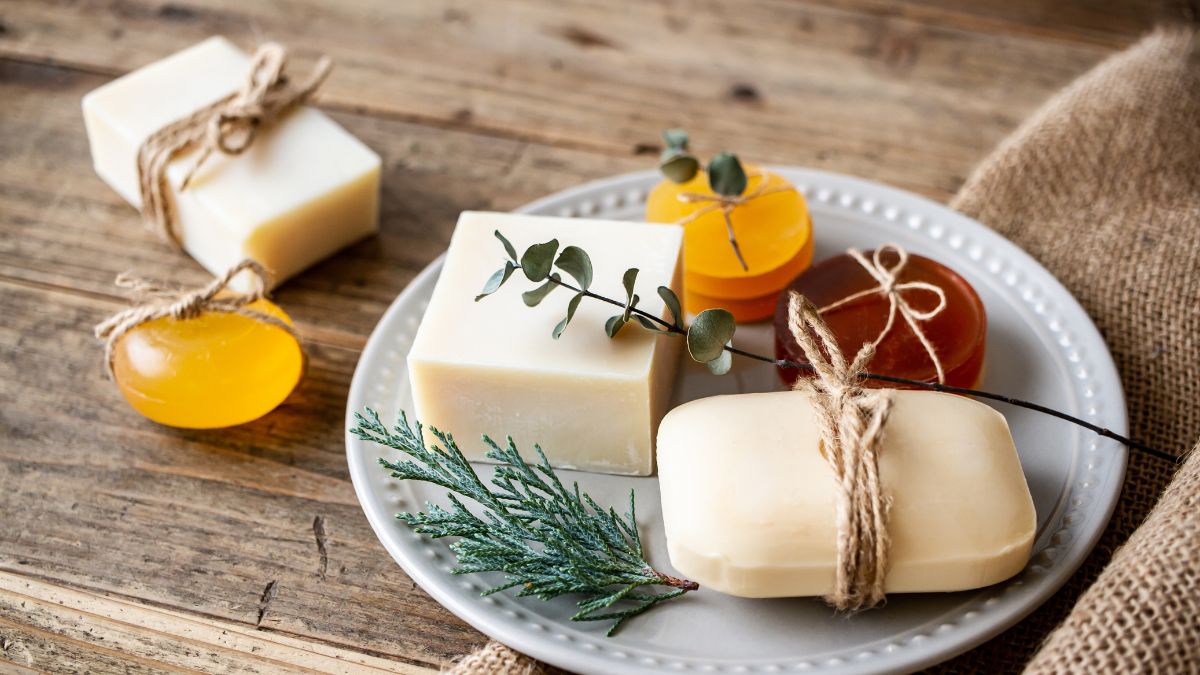Answer: Yes.

Bagels are a bread favorite in the US due to their distinct mouthfeel and versatility. A seemingly plain donut, bagels boast numerous delicious customizations and combinations. From a breakfast avocado spread or bean paste bagel to a lunchbox vegan bacon and cheese bagel, the varieties are endless, and thus good news for vegans.
Bagels are traditionally vegan, mostly made with flour, salt, yeast, and a form of sweetening like sugar. Many store-bought, fresh, and homemade bagels are baked and glazed with animal-based products such as milk, butter, and eggs. Fortunately, most bagels keep to their original recipe, and non-vegan bagels are usually easy to identify.
Starbucks claims their cinnamon raisin bagels are vegan and backs it up with a full ingredients list, including unbleached enriched flour, water, raisins, sugar, salt, yeast, cinnamon, vinegar, guar gum, sunflower oil, ascorbic acid, enzymes, and monoglycerides.
While the most reliable way to distinguish vegan from non-vegan bagels is by checking the ingredients list, having a keen eye for textures and appearance can also help. Traditional vegan bagels tend to be fluffier and spongier, often made with gluten-rich bread flour or ingredients like guar gum, which contribute to their signature chewy texture and rise. In contrast, bagels that appear denser and softer may contain animal-based ingredients such as eggs, milk, or butter. As we head into 2025, understanding these subtle differences can make it easier to choose delicious vegan-friendly bagels with confidence. For more details, you can also explore guides on identifying vegan bagels online.
Their names can also give them away. A vegan would avoid a cheddar bagel or a cream cheese bagel and would more likely resort to a cinnamon raisin bagel instead.
However, not everyone’s that observant and keen, so like I said, it’s a lot easier to just look at an ingredients list or perhaps ask your local baker. Given a few complex items in Starbucks’ cinnamon raisin bagels, I’d like to take the time to help you understand each one and how bagels are fundamentally vegan.
Cinnamon Raisin Bagels: Ingredients
Unbleached Enriched Flour
Unbleached enriched flour is simply a type of flour that hasn’t been whitened with a bleaching agent.
Enriched flour is a non-whole-wheat flour that artificially adds vitamins and minerals to the powdered mix. Since the nutritious bran and fibrous germ are removed in processing wheat flour, the remaining powder is nearly useless for the body and mainly consists of carbs.
- Wheat Flour – standard use flour with the fibrous bran removed.
- Malted Barley Flour – barley flour with an increased enzyme activity helps lower cholesterol and decreases heart disease risk.
- Niacin – also vitamin B3, can be produced by the body and obtained from the food we eat. An essential nutrient to convert food into energy.
- Reduced Iron – a non-organic additive believed to help reduce the risk of iron deficiency anemia.
- Thiamine Mononitrate – is also vitamin B1 but can’t be produced by the body. It can be sourced from legumes and whole grains and is necessary for cells’ proper growth and function.
- Riboflavin – also vitamin B2, is commonly found in food and promotes cellular growth and development. It also aids in energy production.
- Folic Acid – also vitamin B9, helps make healthy red blood cells. Folate deficiency anemia creates abnormal red blood cells that hinder oxygen transport throughout the body.
Enriching the flour answers for the loss of natural nutrients during processing, but this isn’t a total fix. Whole wheat flour is still more nutritious than unbleached enriched flour because it’s more natural, keeps you full, contains fiber, and improves heart health.
Vitamin B deficiencies are rare, as most of us can acquire the necessary daily intake by practicing a balanced diet of protein and veggies. The Vitamin B complex is almost inseparable since thiamine, riboflavin, niacin, and folic acid are generally found in most foods, such as whole wheat grains, soy, and vegetables.
Wheat Gluten
Wheat gluten is responsible for bread’s spongy, chewy texture like the fluffy bagel, but it’s also frowned upon due to a few health concerns. Still, bakers value the gluten potential of wheat flour in which a protein network acts as a net that traps gas bubbles produced by the reaction of yeast, creating air pockets inside the bread and resulting in its bloated shape and inner crumbliness.
Why Use Wheat Gluten?
Wheat gluten is the product of two native wheat proteins, glutenin, and gliadin, that react immediately with water. This chemical reaction produces large, stretchy protein molecules, which will then be transformed into a network of crossing chains by the enzyme protease. Glutenin provides strength, gliadin promotes fluidity, and protease knits the gluten network.
The gluten-infused dough is constantly kneaded to create a uniform reaction and consistency that will allow the protein network to become stronger and stretchier. When done right, the dough should trap the gas bubbles produced throughout the baking process without popping and deflating.
This gives us what we know as the fluffy and chewy bagel.
Want to learn more about how gluten works? Read about it here.
Is Wheat Gluten Healthy?
Vital wheat gluten, or seitan, is wheat gluten isolated from wheat flour and boasts a high nutritional value per serving. You may have already come across seitan, a popular, plant-based meat substitute. Its protein content is nearly the same as an equal serving of beef, with far fewer calories and fats.
A cinnamon raisin bagel from Starbucks contains 9 g of protein per serving and is mainly attributed to its gluten content, both from the wheat flour and added wheat gluten.
So wheat gluten is rich in protein, and seitan makes for a vegan superfood, but some people are advised to watch their gluten intake. Individuals with celiac disease often suffer from diarrhea, bloating, gas, and other small intestine-related discomforts when consuming gluten. People with this condition are often disallowed to eat wheat, barley, and rye products as they contain high amounts of gluten.
Guar Gum
Guar gum is a gel-like substance obtained from the endosperm of a specific guar plant seed. It’s commonly used in gluten-free baking as it works similarly to gluten as a binder and has eight times the thickening power of cornstarch. Guar gum can also be less expensive since a teaspoon is enough for a cup of flour.
Guar gum is best-used for gluten-free baking. Guar gum would be your best choice in baking and cooking whether you have certain dietary restrictions or disciplines toward gluten. Bod’s Red Mill shares some quick and easy guides to using guar gum.
In bagels, guar gum is used to make them spongier and chewier, which are the preferred textures. This helps lessen the use of gluten, knowing that some people aren’t very fond of it. Take note that guar gum is mainly carbs too, and unlike wheat gluten, it barely has any nutritional value.
Ascorbic Acid
Vitamin C is added to the dough to improve its strength, allowing it to rise even further and achieve greater volume. Surprisingly, 200 mg of ascorbic acid in the form of acerola cherry powder is effective enough for a kilogram of flour. That said, a bagel is not necessarily rich in ascorbic acid otherwise, it’d taste pretty sour.
Enzymes
Both the flour and yeast in a bagel contain enzymes, but to make things shorter, the main protagonist of this dough show is the enzyme protease. As we’ve mentioned before, protease breaks down large protein molecules, causing them to stretch into a series of chains that act as a literal net.
Without enzymes in bread, especially from yeast, it’d be impossible to cause the dough to rise. The carbon dioxide released from yeast reactions and its catalyst nature is two main factors contributing to the dough’s expansion.
Enzymes are catalysts in more than 4,000 functions, from inside our bodies to baking. Since they are catalysts, these certain functions may still occur, but without the help of enzymes, it’d take them ages to do so. Bread dough wouldn’t be able to secure or trap gases inside of its structure for its rise if enzymes won’t break down complex molecules first and knit them into a safety net.
Monoglycerides
Mono and diglycerides are often notorious for vegans. This is because most of them are sourced from the fats and oils of animals, but the monoglycerides found in bagels come from sunflower oil. So this type is vegan.
The main purpose of monoglycerides as a dough additive is to enhance bread’s shelf life by postponing the staling process. They’re also used as emulsifiers and texturizers in confectionery.
Other Vegan Bagels In Starbucks
The Plain and Everything bagels are vegan in Starbucks, but the remaining Everything & Cheddar bagel is non-vegan.
You can request an avocado spread instead of butter or cream cheese to flavor your bagel.
Non-Vegan Bagels
Bagel recipes baked with milk and egg whites are becoming more common as they make tastier and softer bagels. While traditionally made bagels still adhere to a simple recipe of granulated sugar, active dry yeast, lukewarm water, bread flour, and fine-grain sea salt. The latter offers a more authentic and chewy bagel.
Other than being baked with eggs, sometimes other bagels would get an egg wash in which the top surface is coated or glazed with egg whites for the toppings to stick better. Other animal-derived glazes can also be present such as milk and honey. So watch out for the glazes, as they’re usually non-vegan.
Browning may also be more present in egg-baked or egg-washed bagels as the Maillard reaction is further implied by the added proteins from eggs. Other times, egg-baked bagels portray a yellowish tint than that of regular bagels.
If a store-bought bagel contains a conditioning agent known as l-cysteine, better stay away from that, as this ridiculously gross ingredient is derived from human hair or chicken and duck feathers.
Conclusion
Most bagels today are vegan, and making your own at home isn’t the most arduous task, especially if you already enjoy baking. Most Cinnamon Raisin Bagels from different brands, including Starbucks, are also vegan, but keep in mind that since these bagels are processed in the same equipment as eggs and milk bagels, cross-contamination is a possibility.
Still, the best part about bagels is how creative you can be with them. From baking to topping and stuffing, the varieties are endless. Honestly, I do want to try a bagel with vegan cream cheese spread and thin slices of seitan!




